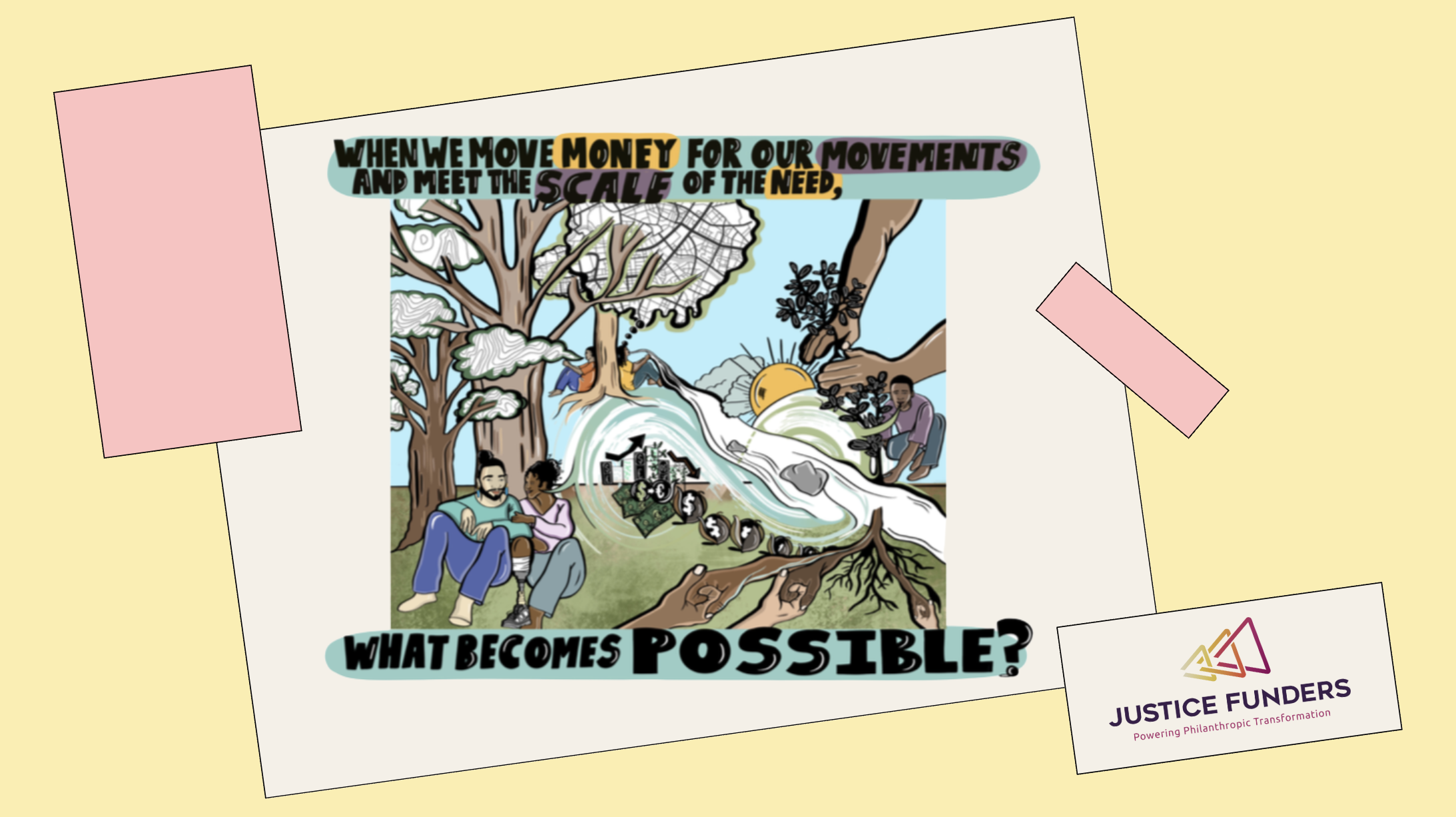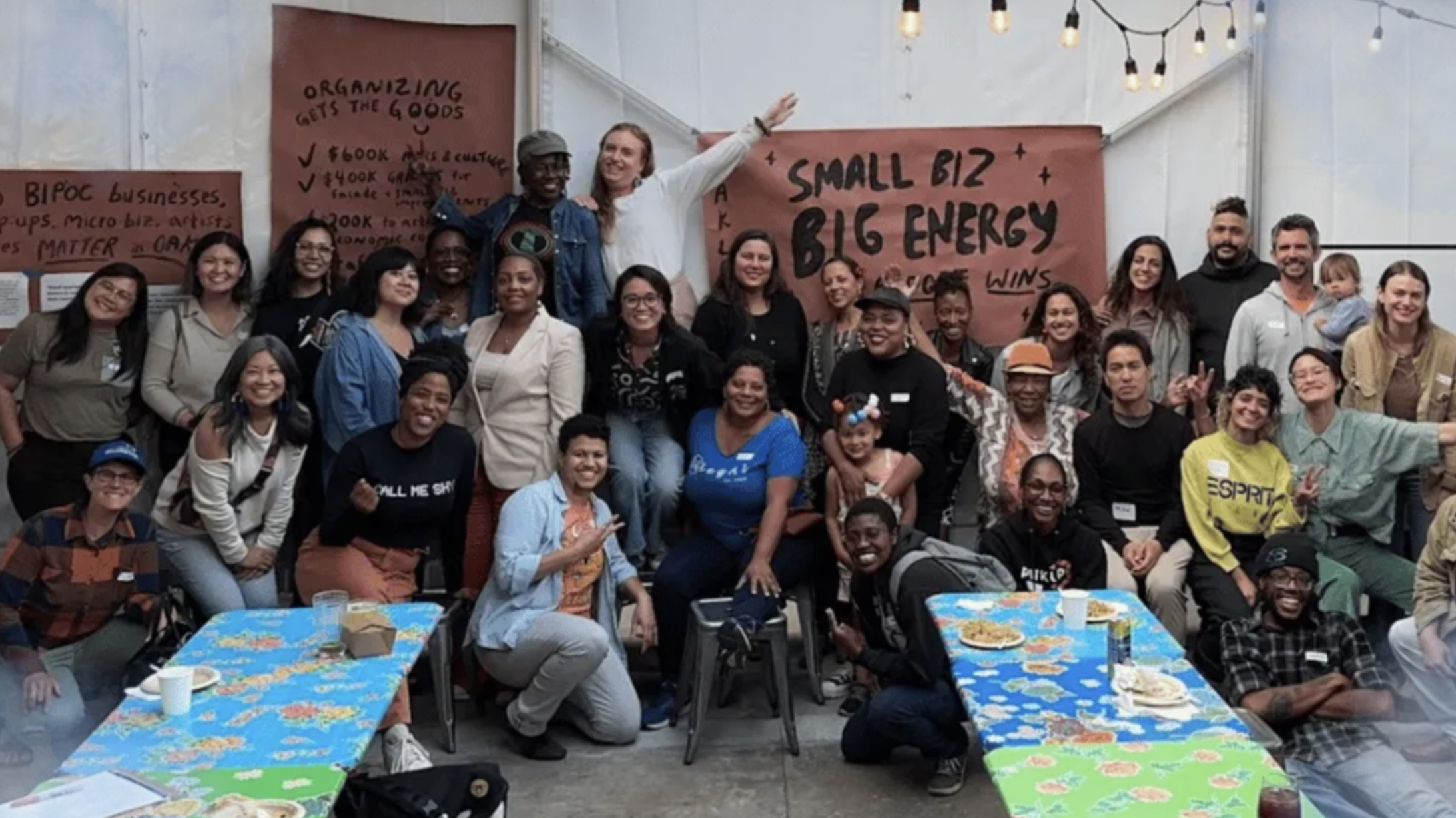When most people think of the Coachella Valley, they likely first think of the eponymous music festival that has hosted everyone from Lady Gaga to The Weeknd.
But look beyond the hyped-up fans and the dolled-up celebrities and you’ll notice a community that has long been ignored. Out of a population of nearly 500,000 people, half are considered rent-burdened – spending more than 30% of their monthly income on rent.
At the heart of this problem, as in so many other parts of the country, is affordable housing. For years, this was a problem without an immediate solution. At one point in the 2010’s, only 38 new units of affordable housing were being built in the Coachella Valley each year.
How could the local supply of affordable housing scale from a few dozen units to a few hundred – or even a few thousand – in a few short years?
That was the challenge that made the Coachella Valley a fitting test case for the Center for Community Investment (CCI) and their Capital Absorption Framework (covered in this Proximate article).
The framework provides a systematic process for how to get investment dollars committed to complex systems or issues: first by aligning people around shared goals; then by coordinating pipelines of investable projects that reflect those priorities and by building an enabling environment that facilitates achievement of the goals and completion of the investments.
That framework, implemented on the ground by community-rooted partners, has driven real results: 1,405 units of affordable housing completed as of mid-2025, per the LA Times, with another 8,000 units in the regional pipeline.
The framework also drove results in Atlanta: more than 12,000 units of affordable housing built or under construction, as well as $2 billion in public and private capital for affordable housing.
What makes these transformations so exciting – and a potential model for other communities around the country – is the commitment to community vision, ensuring that each new construction or development project is aligned with what the community prioritizes.”
A tale of two valleys
For the team at the Center for Community Investment, the story of Coachella Valley is a “tale of two valleys”: one side occupied by the rich and famous, the other by predominantly Latinx families with very low incomes.”
That inequality is driven deeper by structural challenges to getting housing built. To start, the valley is fragmented, comprised of nine small cities (e.g., Palm Springs, La Quinta) that each have their own mayor, agencies, and dedicated resources for housing development. Just as importantly, local developers have typically been small, lacking experience with the kind of complex financing mechanisms needed for large-scale affordable housing projects.
One of the key players in the Coachella Valley story is local nonprofit Lift to Rise, which in 2017 launched the Housing Collaborative Action Network to improve coordination on housing between community stakeholders – everyone from resident groups and community-based organizations to developers, local governments, and other funders.
After setting a bold target – construct 10,000 affordable homes in 10 years – Lift to Rise focused on developing a pipeline. A main thesis of the Capital Absorption Framework is that scattered, one-off projects can’t absorb capital efficiently. By bundling a mix of projects that appeal to different stakeholders, communities can create momentum – and make it easier for investors to say yes.
For the Coachella Valley, the pipeline included everything from mobile homes for rural farmworkers, to multifamily developments in more dense areas. Heather Vaikona, President and CEO of Lift to Rise, said this pipeline approach was essential for getting community buy-in.
“Through a pipeline, you can hold a vision of the future that you want to get to, and you can bring people on that pathway to walk with you to get there,” Vaikona said. “We have changed the way people conceive what is possible about achieving the future that we want.”
This pipeline approach was also beneficial to developers, who now had a better understanding of potential deals as well as potential issues – and importantly a receptive audience of city and council staff that would listen to their problems and brainstorm solutions.
This all led to the establishment in 2021 of We Lift: The Coachella Valley’s Housing Catalyst Fund, an investment vehicle that leverages capital from both private and public sources, as well as CDFIs, to provide low-interest, flexible loans to affordable housing projects. To date, the Fund has committed more than $41 million in loans and supported the construction of nearly 1,200 new affordable units across a range of projects.
“For an area like Coachella Valley, the fund would never have succeeded with a $15 million ask [of the state] unless it had inventoried all the potential deals,” said Mike Walsh, Deputy Director for Riverside County’s Department of Housing and Workforce Solutions. “That’s what got the size and scale of the investment.”
Transforming Atlanta’s affordable housing landscape
For the CCI team, the value of the Capital Absorption Framework is that it can be applied in dramatically different parts of the country.
For example, Atlanta is another city where local leaders looked to the framework to help plot a path forward that centralized the needs of residents and emphasized the importance of cross-sector collaboration.
Atlanta has its own share of affordable housing challenges: Between 2000 and 2016, Atlanta saw median rent rise by 28%, and lost 16% of homes that rented for less than $800 per month. This pricing pressure prompted local housing advocates to think more strategically about a long-term solution.
One catalyst to better coordination was the 2017 election of Keisha Lance Bottoms, who during her campaign for mayor of Atlanta announced she would invest $1 billion in affordable housing. In response, a group of civic leaders came together to create a new organization called HouseATL, which quickly grew into a coalition of approximately 400 members from about 230 businesses and organizations that shared a mission of making housing affordability a reality in Atlanta. (See here for CCI’s full case study on HouseATL.)
Just like in the Coachella Valley example, one early realization for the HouseATL team was the importance of building a visible pipeline of housing projects to make it easier for funders and developers to understand each other. They launched the Funders’ Collective, a broad collaborative of 120 funders – including government agencies, foundations, banks, CDFIs, and social impact investors – that was responsible for running the Pipeline Review Committee, maintaining a directory of affordable housing funding resources, and hosting quarterly meetings for members to learn more about current housing issues.
One funder described the Funders’ Collective as “a breath of fresh air, where all of a sudden you had everyone in the room who touched affordable housing. You had funders, banks, government folks from the Atlanta Housing Authority, folks from the mayor’s team, for-profit developers, nonprofit developers, nonprofits. Having all the folks under one roof really helped to grease the wheels and get that communication going, which was so sorely needed.”
That collaborative approach has led to tangible results for Atlanta’s low-income residents. As of June 2025, 6,750 affordable homes have been completed, including 1,000 single-family units and 66 multifamily projects. Another 4,963 homes are in progress, and HouseATL has mobilized more than $2 billion in public and private capital for affordable housing
Perhaps more importantly, HouseATL has also built a lasting infrastructure for collaboration, funding and even policy change. For example, HouseATL helped inspire the Community Foundation for Greater Atlanta to create two $100 million funds – one providing low-interest loans, one providing grants and forgivable loans – that were backed by major foundations, financial institutions and impact investors. These funds also provide an entry point for funders that want to contribute to affordable housing but may lack the expertise or bandwidth to make investments on their own.
Putting capital to work for communities – and with communities
There is of course still much work to do to ensure equitable access to housing – not just in Atlanta and the Coachella Valley, but in communities across the country.
What may strike Proximate readers about these two examples is how systemic problems require systemic solutions. It’s not enough to just match the demand for affordable housing with a supply of relevant projects. Neither supply nor demand are static forces, which means there needs to be a process for community members to continuously express if or when their needs are being met, and why or why not.
Everyone loves to celebrate a new investment or new development, but the real hard work is in ensuring that capital and community support won’t just dry up when circumstances change – for instance, if the federal government decides to kneecap the CDFI Fund and deprive communities of a major source of funding.
CCI’s Capital Absorption Framework seems to have worked well in Atlanta and the Coachella Valley precisely because it allows community members to take a systems view on issues like housing. But whether it’s housing, climate resilience, economic development or any number of other issues, it’s clear that long-term change is dependent on the buy-in and support of those people that stand to benefit most from sustained community investment.







%20(1280%20x%20720%20px)%20(46).png)



.webp)
%20(1280%20x%20720%20px)%20(3).webp)


%20(1280%20x%20720%20px)%20(39).png)
%20(1280%20x%20720%20px).webp)

%20(1280%20x%20720%20px)%20(2).webp)



%20(1280%20x%20720%20px)%20(40).png)


.webp)
.webp)

